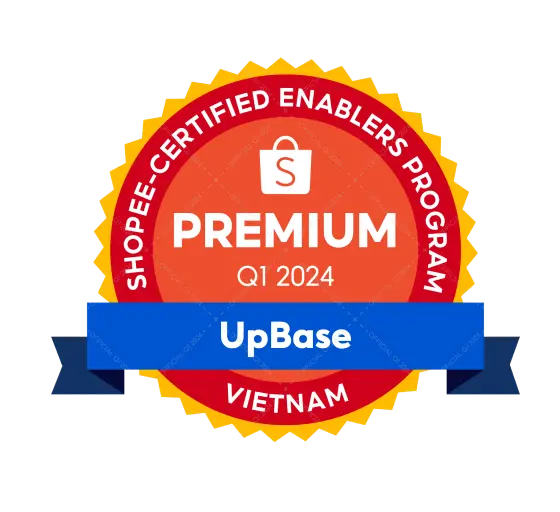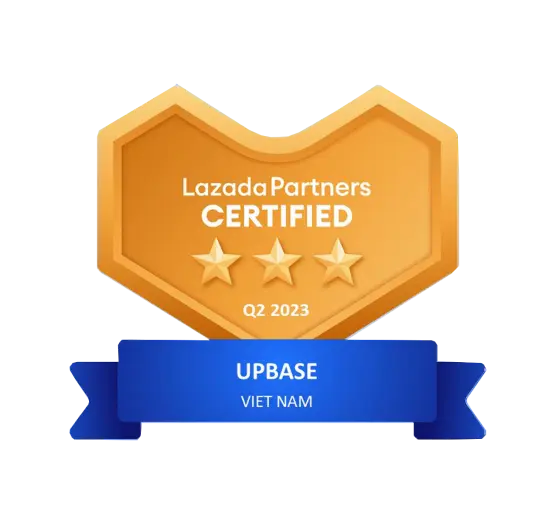Not only playing a crucial role in operational processes, inventory management also directly impacts competitiveness and business profitability. In fact, inventory management is often a key determinant of success or failure for many businesses. In the following article, UpBase will help you understand what inventory management is and effective inventory management methods. Please refer to the details below!
What is inventory management?
The concept of inventory
Inventory is a critical concept in supply chain management. This concept often arises when businesses face imbalances between the inflow and outflow of goods during operations. Throughout the supply chain process, businesses, consumers, and partners typically exchange products and goods. However, to ensure stability and continuity, there needs to be a balance between the inflow and outflow of goods.
To mitigate unexpected fluctuations in business, companies need to maintain a certain amount of inventory. This is referred to as inventory. Some people mistakenly perceive inventory as products that have expired and cannot be sold. However, this perception is entirely wrong.
In fact, inventory plays a crucial role as part of a company's assets. It not only includes products awaiting sale but also is categorized into three main types based on their role in the production and daily business operations: raw materials, work in progress, and finished goods. This classification helps businesses manage and optimize their supply chain processes more effectively.
What is inventory management?
Inventory management is a strategic activity in business administration aimed at ensuring efficiency and flexibility in controlling, monitoring, and maintaining the quantity of goods held by the company. The main objective of inventory management is to achieve an ideal balance between supply and demand while optimizing resource utilization and minimizing the risk of shortages or loss of inventory.
Warehousing is not only about maintaining an optimal quantity of goods, but inventory management also involves categorizing and organizing different types of goods based on their characteristics and properties. This helps optimize the production process, meet market demand, and minimize costs associated with storage and management.
Inventory management is closely related to the use of information technology and modern management software systems to accurately and efficiently track and control inventory. Through this process, businesses can make decisions based on accurate and detailed data, while optimizing the overall performance of their supply chain.
By utilizing advanced technologies and software systems, businesses can automate inventory tracking processes, monitor stock levels in real-time, forecast demand more accurately, and streamline inventory management workflows. This enables businesses to reduce errors, minimize stockouts or overstocks, improve inventory turnover rates, and ultimately enhance their competitiveness in the market.
For example:
A company manufacturing and selling electronic devices has implemented a modern inventory management strategy to cope with market fluctuations and optimize its production processes.
This company utilizes inventory management software to track every step in the supply chain. Firstly, raw materials are imported and stored in specially designed warehouses to preserve them safely and conveniently. The system automatically updates the quantity of raw materials in stock, enabling the company to predict and promptly respond to production needs.
Upon commencing production, inventory is divided into various parts, including work-in-progress and finished goods. The system automatically updates the quantity and location of each type of inventory, allowing the company to monitor the production process and control quality.
Once the products are completed, the company uses the system to manage the inventory of finished goods. Information about inventory levels, the status of each product, and market demand forecasts are continuously updated. As a result, the company can make accurate decisions regarding the amount of additional products needed to be manufactured. Moreover, the company can anticipate risks of loss or shortage of goods in advance.
Through effective implementation of inventory management, the company not only minimizes risks related to inefficient storage but also enhances its flexibility in responding to the market, thereby increasing productivity and efficiency throughout its entire supply chain.
Inventory management methods
FIFO
The FIFO (First-In, First-Out) method of inventory management is based on the principle of "First-In, First-Out." This means that the goods that are first to be received into the inventory will be the first to be used or sold. For example, if a company sells products A, B, and C, and product A was received into inventory first, then when orders are received, product A will be chosen first.
Advantages: This method helps reduce the risk of spoilage for perishable goods, especially suitable in industries such as healthcare or food.
LIFO
In contrast to FIFO, the LIFO (Last-In, First-Out) method prioritizes the use or sale of the most recently received goods into inventory. In other words, the newest goods will be used or sold first, while older inventory will be retained.
Advantages: This method is suitable when the cost of inventory increases, as the opportunity cost of older inventory is lower.
EOQ
This method focuses on finding the most economical order quantity to minimize ordering and holding costs. The Economic Order Quantity (EOQ) formula utilizes factors such as ordering costs, holding costs, and inventory demand to make decisions about the quantity of inventory to order.
Advantages: Helps optimize ordering and holding costs, improving overall supply chain efficiency.
ABC
The ABC method classifies inventory into groups A, B, and C based on value and scale. Group A typically contains the highest-value products and requires better management compared to other groups.
Advantages: Focuses management efforts on critical products, reducing management efforts for low-value items.
WACA (Weighted average cost)
WACA (Weighted Average Cost of Inventory) uses the weighted average price of the entire inventory to determine the cost. Specifically, this average price is calculated based on the price of each type of product and the quantity of each in stock.
Advantages: Simple and reflects the average cost of the entire inventory.
EOQ (Economic order quantity)
This is the Economic Order Quantity (EOQ) method, which is applied to determine the quantity of goods to be purchased at a specific time to achieve the most optimal cost. This method was developed by Ford W. Harris in 1913 and is considered an important tool in supply chain management.
Advantages: Optimizes ordering and holding costs, maintaining an optimal inventory level for the business.
How to manage inventory effectively
Step 1: Classify goods
Criteria for classifying goods
In the process of categorizing goods, businesses can utilize various criteria such as value, characteristics, origin, or expiration date. Classification based on value often generates groups A, B, and C, wherein group A represents the highest value and requires close management.
Benefits of classifying goods
- Focus management resources on the most important products.
- Reduce management costs for low-value items.
Step 2: Determine Minimum and Maximum Inventory Levels
Method for Determining Minimum Inventory Level
To determine the minimum inventory level, businesses can apply the Economic Order Quantity (EOQ) method. This approach helps optimize ordering costs and holding costs, while integrating daily inventory demand and production cycles.
Method for Determining Maximum Inventory Level
- Determine market demand and lead time to establish the maximum inventory level.
- Consider discount strategies when purchasing large quantities.
Step 3: Warehouse Layout
Principles of Warehouse Layout
- Choose the FIFO (First In, First Out) or LIFO (Last In, First Out) principle depending on the business strategy.
- Place products with expiration dates nearing at easily accessible locations to reduce the risk of spoilage.
Benefits of Scientific Warehouse Layout
- Increase order picking and shipping efficiency.
- Minimize loss and damage during storage.
Step 4: Periodic Inventory Count
Frequency of Inventory Count
- Determine the frequency of inventory counts based on the value and nature of the goods.
- Regularly update to ensure accurate inventory information.
Inventory Counting Methods
- Utilize technology and computer systems for automated inventory counting.
- Organize inventory counts into groups to increase efficiency and minimize errors.
Effective inventory management is a complex process that requires careful attention and detailed planning from businesses. However, through proper classification of goods, determining minimum and maximum inventory levels, organized warehouse arrangement, and regular inventory counts, businesses can achieve flexibility and high efficiency in inventory management.
Through this article, UpBase hopes that you have gained a better understanding of what inventory management is and the relevant information surrounding this topic. Please continue to stay with UpBase to explore more useful articles in the future!





